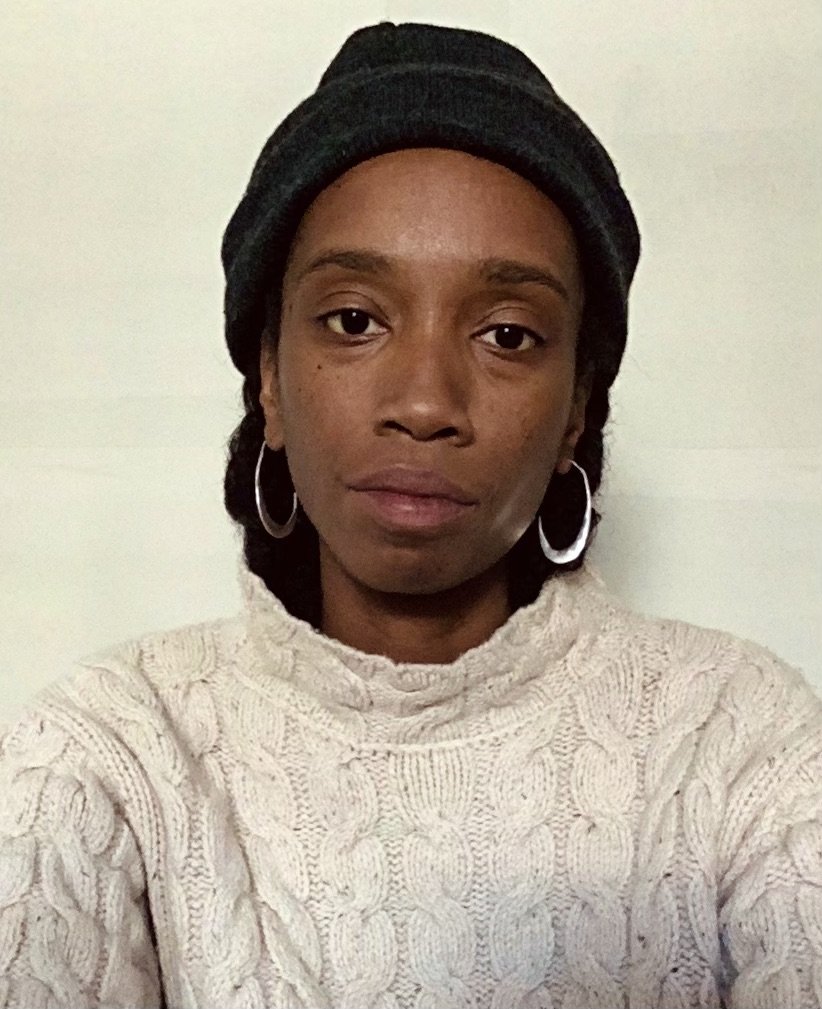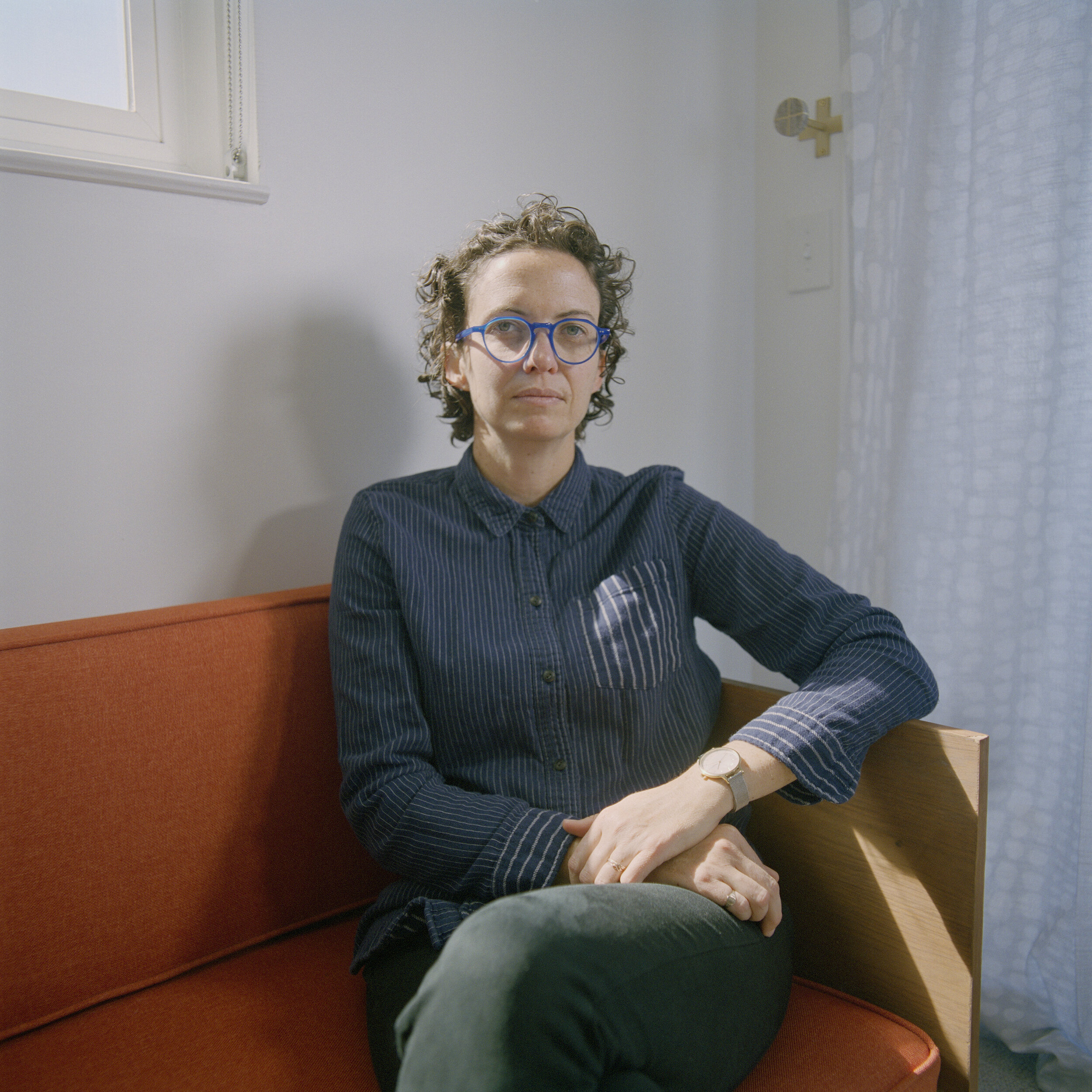Researchers 2021-2023
In its inaugural cohort, Unseen California aims to “see” (by means of visualization and acknowledgement) the multivalent histories that compose the California landscape. This includes indigenous stewardship and regenerative practices – on ceded and unceded land – and the role of settler colonialism and imperialism in construction of these histories. Unseen California invites artists to engage in new types of creative ecology not yet considered/addressed in full within institutional spaces and the photographic canon of Western photography.
Karolina Karlic
Lead Artist/Lead Researcher
Karolina Karlic is the founder and curator of Unseen California. Through a range of photographic media Karlic creates work that widely addresses the intersection of photography and documentary practices, with a focus on systems of labor and industry, globalization, and their impact on the social and environmental landscapes. Her research is dedicated to telling the stories of those who have been affected by the post-modernization of the industrial world. In her research, Rubberlands, a photographic survey that maps the ways natural rubber manufacturing is socially, ecologically and systemically formed, Karlic proposes that rubber + photography are both integral components of the second phase of the industrial revolution. This research proposes that each are equal players in the development of a globalized contemporary mobile society of making and consuming. Karlic is recipient of the John Simon Guggenheim Fellowship (2011), the Cultural Exchange International Fellowship of the Los Angeles Department of Cultural Affairs Fellowship, the Hellman Fellowship, the Sacatar Foundation Residency Program, and Light Work’s Artist-in-Residence Program, amongst others. Karolina Karlic is an Associate Professor in the Art Department at the University of California, Santa Cruz, and the head of the Photography Area.
Karolina Karlic, Ivna and Lara playing house inside the Farias family home at company housing complex Vila 4, April, 2014/2018, Michelin Rubber Plantation/Reserve, Bahia, Brazil. Archival pigment print. 32” x 40”
Mercedes Dorame
Artist Researcher
Mercedes Dorame, born in Los Angeles, California, received her MFA from the San Francisco Art Institute and her undergraduate degree from UCLA. She calls on her Tongva ancestry to engage the problematics of (in)visibility and ideas of cultural construction. Mercedes Dorame uses photography as a way to explore, reimagine, and connect to her Gabrielino-Tongva tribal culture and bring visibility to contemporary indigenous experience. The Tongva were the first people in what is now Los Angeles, and their territory covered the expanse from Malibu to San Bernardino to Aliso Creek. They have inhabited the Los Angeles basin for over eight thousand years and were officially recognized as an indigenous tribe by the state of California in 1994. Yet they still are not recognized federally, which means that as a collective group they have limited access to federal funding and no designated reservation land.
Mercedes Dorame, Breath, Spirit, Wind – Hikaayey, 2017, 24 x 24 in. (60.96 x 60.96 cm). Archival pigment print from 120mm film. Courtesy the artist.
Tarrah Krajnak
Artist Researcher
Tarrah Krajnak was born in Lima, Peru in 1979. She is currently based in Los Angeles. Krajnak was awarded the Jury Prize of the Louis Roederer Discovery Award at Les Rencontres d'Arles in June 2021 and most recently the 2021 Hariban Award Grand Prize, Kyoto, Japan. She is also a recipient of the Dorothea Lange-Paul Taylor Prize by the Center for Documentary Studies at Duke University. Her first monograph of the project El Jardín De Senderos Que Se Bifurcan was published with DAIS books in May 2021. Krajnak is represented by Galerie Thomas Zander.
Krajnak’s research for Unseen California will take place on sites closely related to Ansel Adams and Edward Weston for her ongoing series Master Rituals. In Master Rituals she uses the camera, her body and performance to engage with the problematic canons of modern photography through acts of erasure, redaction, and reenactment. She is interested in Adams and Weston as figures for thinking with and about larger issues related to the American experience, specifically the ruins of the Modern as she finds them in the land and the photograph, as well as fantasies about preservation, post-war development in the American west, and attendant, essentialist ideas about nature, beauty, and whiteness.
Tarrah Krajnak, Erased Moonrise (Post-Performance Object), 18x24 Pigment Print w Coffee & Hair, 2018.
Dionne Lee
Artist Researcher
Dionne Lee is a visual artist working in photography, collage, and video, to explore power, survival, and personal history in relation to the American landscape. Understanding American soil as a site of trauma, Lee looks to larger historical narratives, such as the the unfulfilled promise of 40 acres and a mule to formerly enslaved Black people, as a touchstone for understanding how history acts as a system that determines the autonomy and resilience of people across time. Lee’s work also considers the complications and dual legacies that exist within photographic representations of the American landscape.
Lee received her MFA from California College of the Arts in 2017. She has exhibited work at the Museum of Modern Art, NYC; New Orleans Museum of Art; Aperture Foundation, NYC; Silver Eye Center for Photography, Pittsburgh; Interface Gallery, Oakland; and the San Francisco Arts Commission, among others. Lee is a 2021 Artist-in-Residence at Light Work.
Dionne Lee, Contact (A Muscle Memory), Gelatin Silver Print, Collage, 11x14", 2020
ASPEN MAYS
Artist Researcher
Aspen Mays was raised in Charleston, SC. She received her MFA from the School of the Art Institute of Chicago and a BA in Anthropology and Spanish from The University of North Carolina-Chapel Hill. She is currently an Associate Professor and Chair of Photography at the California College of the Arts. She is represented by Higher Pictures Generation in New York, and recent honors include a 2021 Purchase Prize from the American Academy of Arts and Letters. Mays was also a Fulbright Scholar in Santiago, Chile, where she spent time with astrophysicists using the world’s most advanced telescopes to look at the sky, an experience that has made a lasting impact on her work.
Aspen Mays, Hugo 20, gelatin silver photogram, dye, grey sintra, 26.5 × 22.5in, 2019









